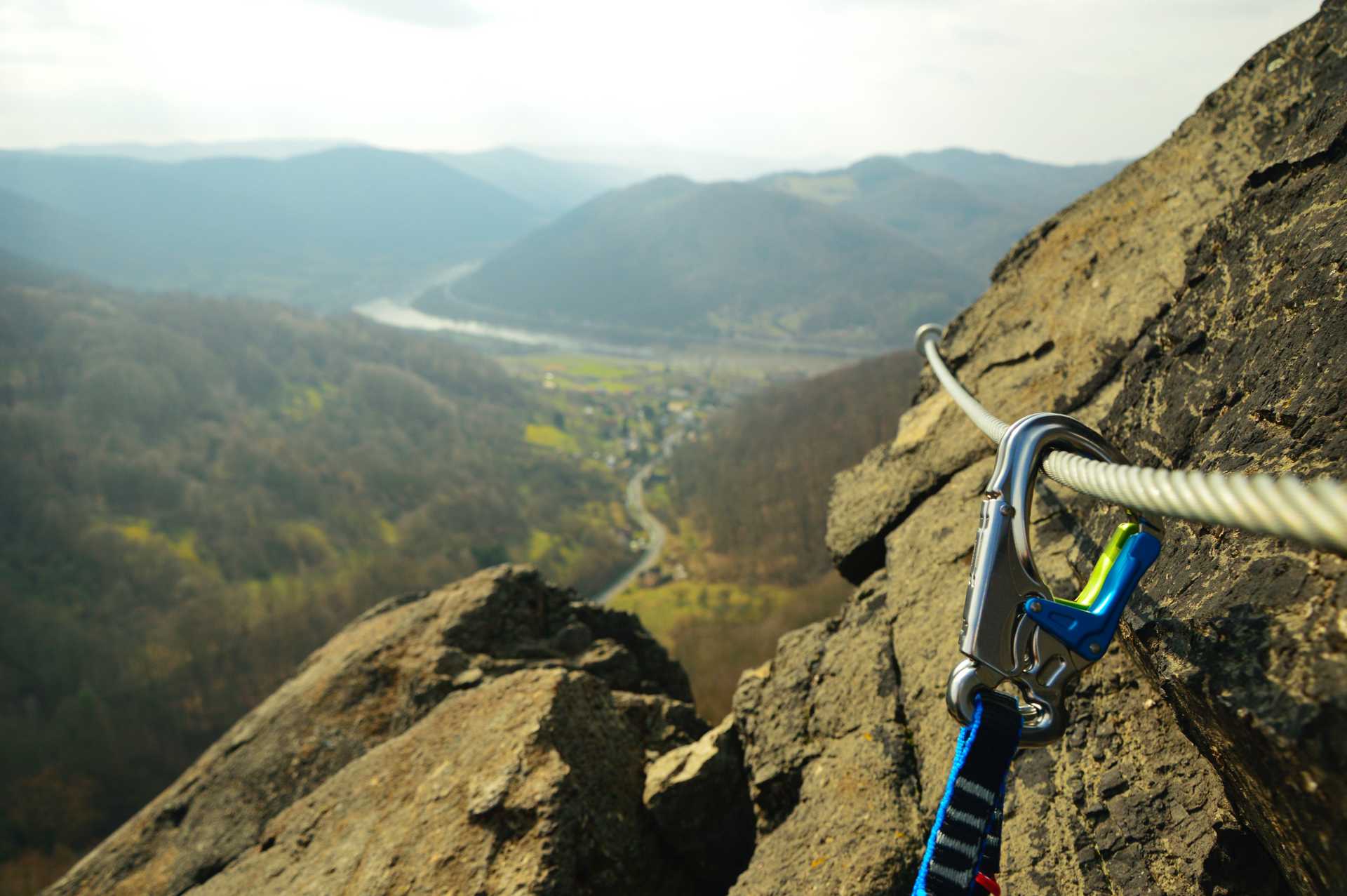Introduction to Via Ferrata
The thrill seekers amongst us will be familiar with this
Italian term, which translates to ‘iron path’ or ‘iron way’. Via ferrata is an
adventure activity somewhere in between scrambling and rock climbing. More
exciting than trekking for some and a way to navigate terrain not navigable on
foot along, via ferrata routes take explorers to places that may otherwise be
inaccessible.
Experiencing via ferrata is not for everyone and if you’re
averse to heights then maybe you should steer clear of trekking routes
requiring supported traverses over large drops, iron walkways or cliff ascents.
However, if you’re of a more intrepid mindset and like to try something
different then exploring mountains accessible by via ferrata might be well up
your street. Via ferrata is both thrilling and daunting which is what attracts
many to this massively rewarding adventure sport.
Essentially via ferrata is the use of steel cables, ropes,
ladder rungs and suspended walkways where climbers attach themselves to support
cables to traverse hard-to-get-to routes. Metal pegs or spikes and cables are
used to link the route together providing safer access for otherwise tricky
terrain. Clipping yourself onto via ferrata as you climb using carabiners and a
safety harness reduces the distance you may potentially fall when trekking
across potentially dangerous or rocky paths.
The benefits of travelling by via ferrata is that a small
amount of equipment is needed, read more about this below, than is required for
mountaineering or rock climbing. In addition to this, peaks that may otherwise
have needed technical equipment to reach are more accessible when via ferrata routes
have been provided, offering exciting new challenges to adventurers.
The Alps are arguably the home of via ferrata and it is
suspected that mountain farmers used climbing aids such as rope and ladder for
centuries to navigate high altitude terrain. Via ferrata were purpose built in
Austria, Italy and the Pyrenees in the 19th century but most
famously the Dolomites via ferrata were constructed to support troops across
the mountains during the First World War I.
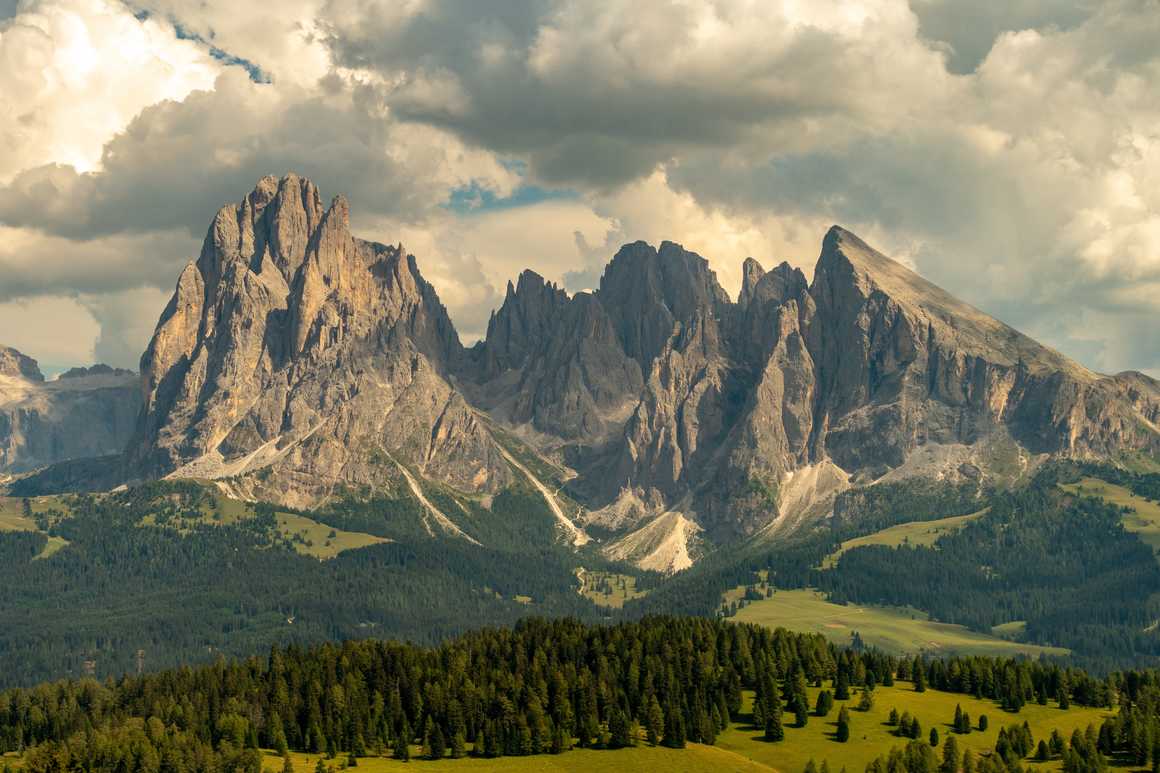
Types of Via Ferrata
Via ferrata have no set universal grading scale but the most
common systems are the Hüsler
and Schall scales. The former uses numbers to grade difficulty whereas the
latter uses letters. It is always a good idea to research and investigate your
planned route before you begin your journey to make sure that it is within your
ability, you have the right equipment, the conditions are suitable and you
allow enough time to safely traverse without getting stranded.
Most via ferrata fall into one of two categories. There are
via ferrata routes that you can do for fun, such as the Lake District via
ferrata at Honister Slate Mine in the UK, which is a circular ascending route
and a short walk back to the start. Alternatively, there are via ferrata that
pave the way for you to get from one point to another. Many of the Dolomites via
ferrata in Italy fall into this second category as they form parts of trekking
routes or are the journey themselves.
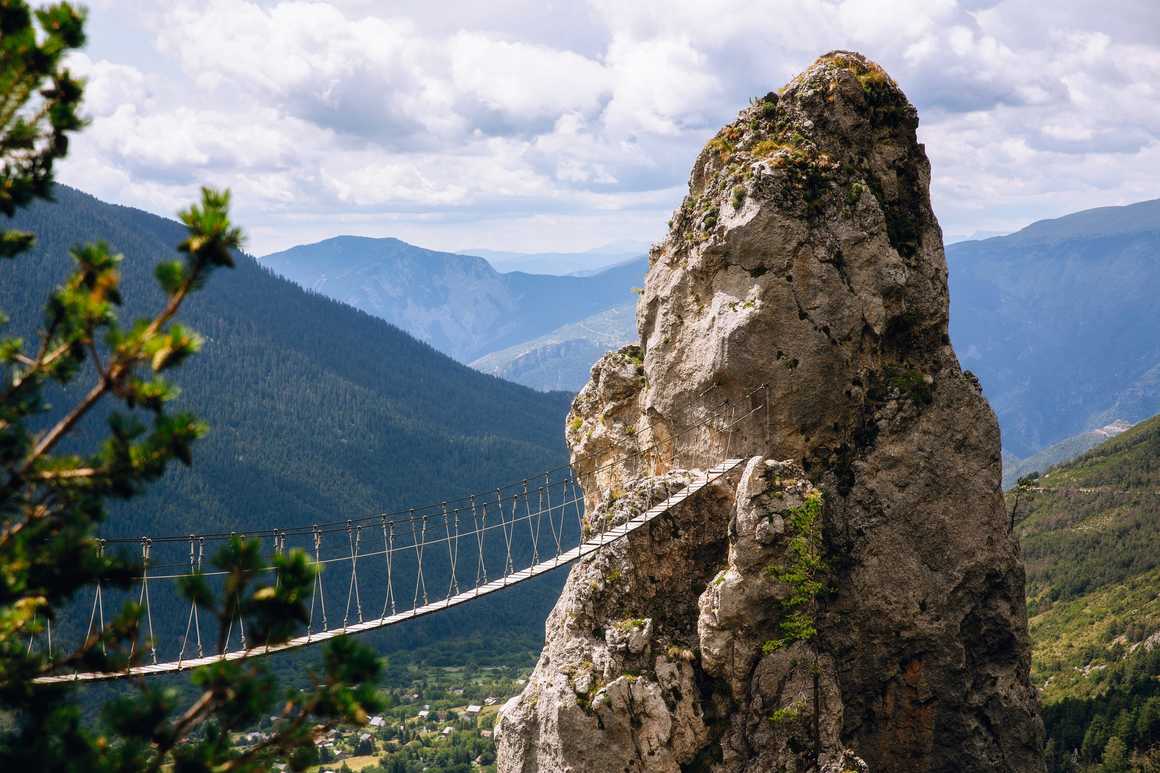
Best Via Ferrata in Italy
Best Via Ferrata for beginners
Best via ferrata for families
Typically, via ferrata in Italy are made for adults with
technical sections interspersed with long traverses, large-spaced rungs and
sections not appropriate for younger children. We would recommend going with a
guide who is familiar with child-friendly routes and using extra safety
precautions such as belay safety lines. Saying that, there is really no reason
that children can’t experience via ferrata for themselves.
Best via ferrata for intermediate climbers
Most challenging via ferrata route
Most scenic via ferrata
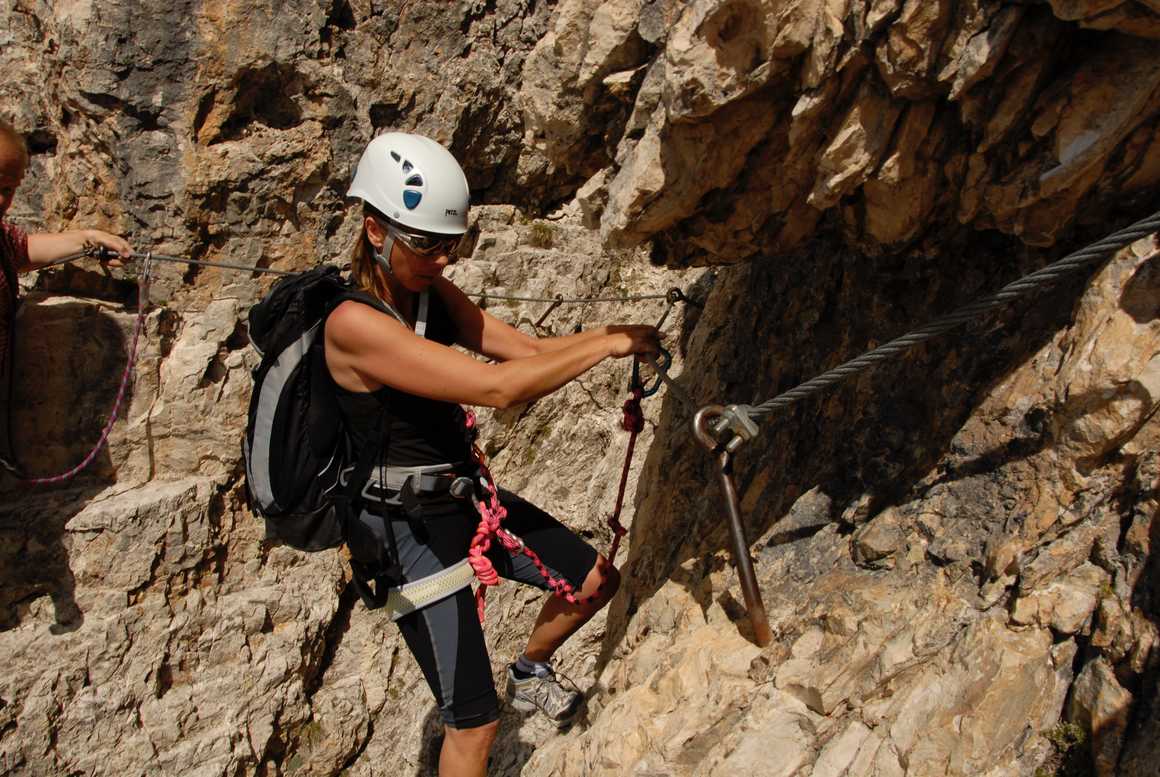
Equipment needed for via ferrata
HARNESS
Via ferrata lanyard
Helmet
Clothing
Supplies
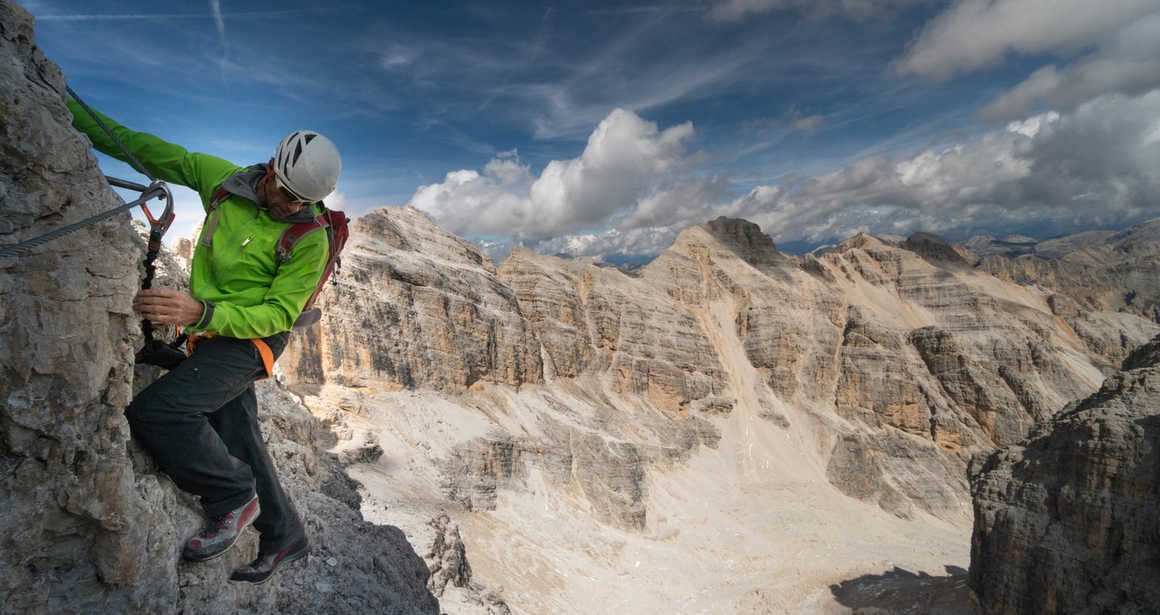
Staying Safe
·
Always check the weather and conditions before
setting out
·
Wear appropriate clothing to maintain warmth in
exposed areas including reliable shoes for rocky terrain
·
If you’re a beginner or are unsure of your
route, be sensible and take a guide
·
Make sure you have the correct, detailed map for
the area you’re exploring
·
Always keep two clips on the safety cable, wear
your helmet and check your equipment for signs of wear before using them
·
Know your own limits – don’t try something
·
Make sure someone knows where you are if
trekking alone










